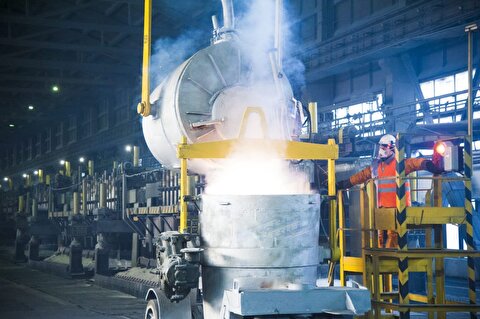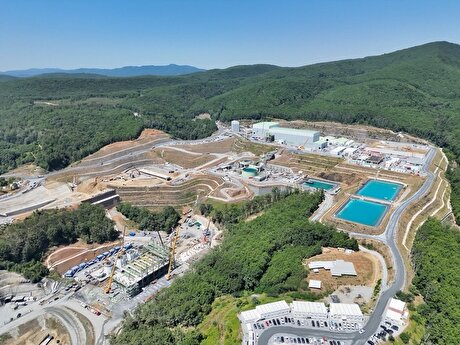
Rouhani inaugurates 2nd, 3rd phases of Persian Gulf water transfer project
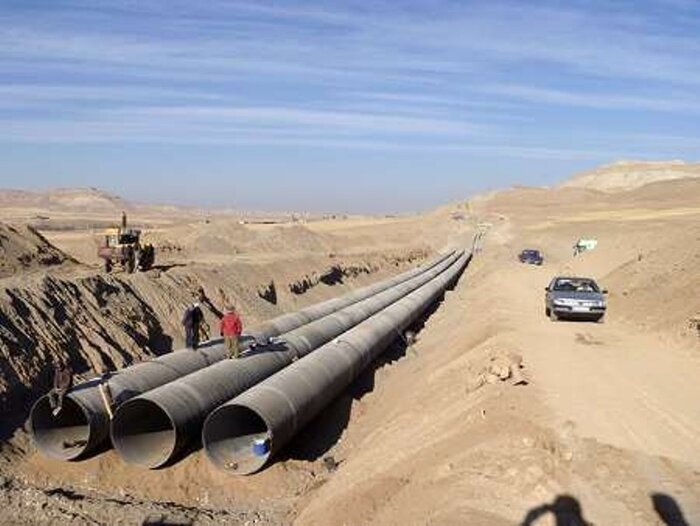
This project, which is aimed at eliminating poverty and balanced development of the country’s central regions, is going to be implemented with a total investment of 1.28 quadrillion rials (about $30.47 billion).
It is going to be fully executed by local experts and engineers from the private sector and will transform the central and eastern plateaus of the country.
The project aims to promote production, industry, and agriculture, as well as provide drinkable water to residents in arid areas. Maintaining the country’s food security and creating new job opportunities and also maintaining the already existing jobs in industrial and production units are also other merits of the mentioned project.
It includes three major pipelines with a total length of 3,700 kilometers, for the transfer of desalinated water from the Persian Gulf to seven provinces including Hormozgan, Kerman, South Khorasan, Khorasan Razavi, Yazd, Isfahan, and Sistan-Baluchestan.
With the completion of all the mentioned three pipelines, in total, 550 million cubic meters of freshwater will be transferred from the Persian Gulf to the mentioned regions.
The first pipeline transports Persian Gulf water to Hormozgan, Kerman, and Yazd provinces; the second line will transfer water to the provinces of Kerman, South Khorasan, and Khorasan Razavi, while in the third line Persian Gulf water is transferred to Yazd and Isfahan provinces.
Some 163 trillion rials (about $3.88 billion) was invested for the completion of the first line which was completed and inaugurated back in November 2020.
The second line, with a length of 1,550 km, has been implemented with a total investment of 470 trillion rials (about $11.1 billion) and will create employment for 30,000 people.
Over 350 trillion rials (about $8.3 billion) has also been invested in the third line which is 910-km long and has 10 water pumping stations along it. The project will create employment for 14,000 people.
The second and third lines are expected to be completed and put into operation by the Iranian calendar year 1404 (begins in March 2025).
In recent years, due to increasing water consumption for drinking, industrial and agricultural purposes, and sometimes consecutive droughts, the central plateau of Iran has been experiencing severe water shortages, especially in big cities like Isfahan, Kerman, Yazd, and Hormozgan.
These shortages caused many rivers and wetlands in these areas to dry up continuously and consequently, some agricultural plains are not cultivated anymore. This has created significant problems for the rural population in these regions whose main source of income is farming and it is also threatening the country’s food security.
The agriculture sector is not the only area that is affected by the water problems in the mentioned regions since most of the cities located in the said areas like Isfahan and Yazd are industrial centers and water shortage is severely impacting the production efficiency of the industrial units in the mentioned cities.

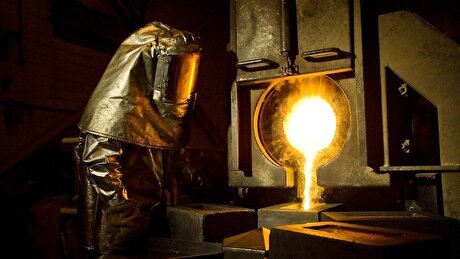
Newmont nets $100M payment related Akyem mine sale
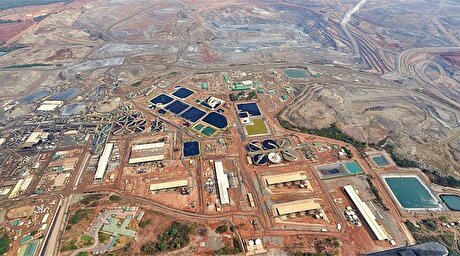
First Quantum scores $1B streaming deal with Royal Gold
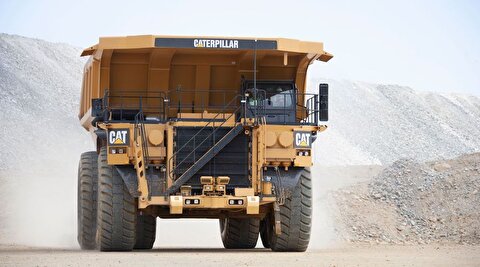
Caterpillar sees US tariff hit of up to $1.5 billion this year
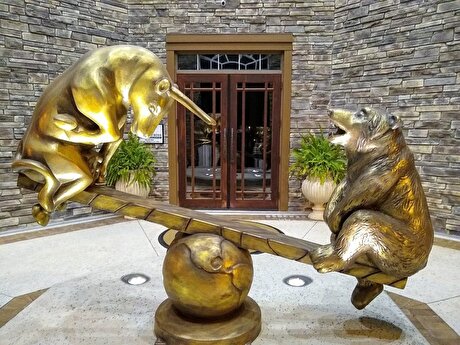
Gold price rebounds nearly 2% on US payrolls data
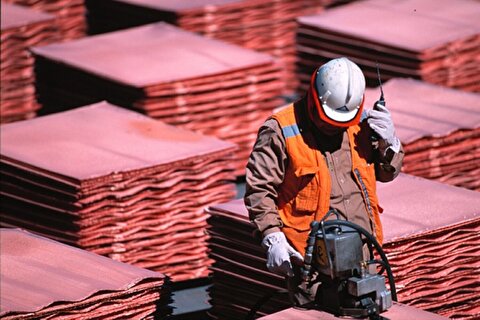
Copper price collapses by 20% as US excludes refined metal from tariffs
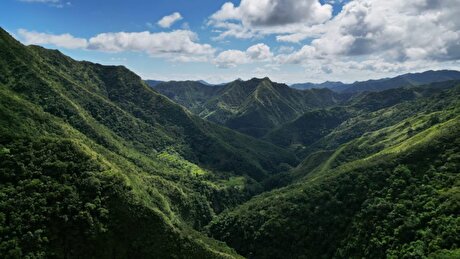
St Augustine PFS confirms ‘world-class’ potential of Kingking project with $4.2B value
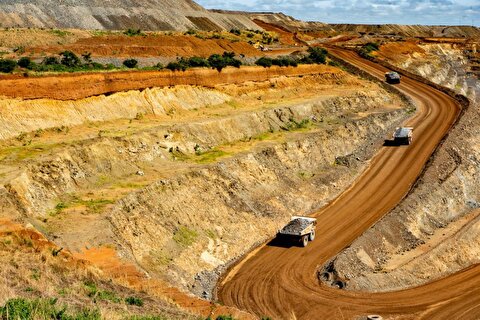
B2Gold gets Mali nod to start underground mining at Fekola
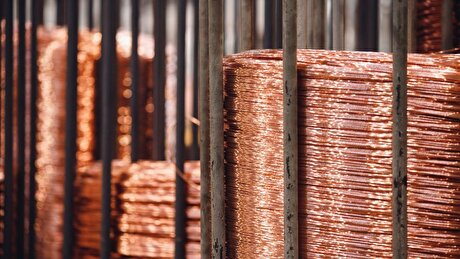
Goldman told clients to go long copper a day before price plunge
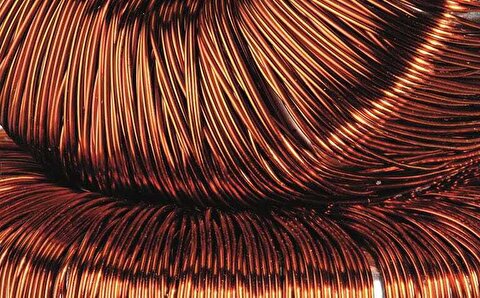
Copper price posts second weekly drop after Trump’s tariff surprise
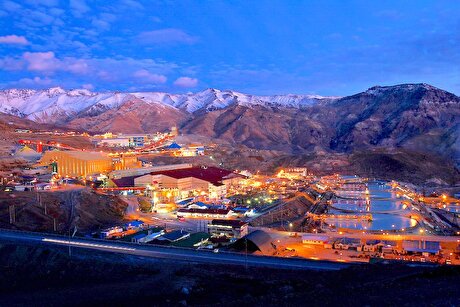
Codelco seeks restart at Chilean copper mine after collapse

US slaps tariffs on 1-kg, 100-oz gold bars: Financial Times
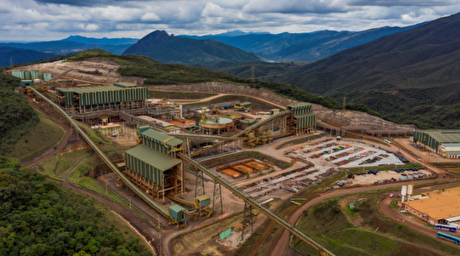
BHP, Vale offer $1.4 billion settlement in UK lawsuit over Brazil dam disaster, FT reports
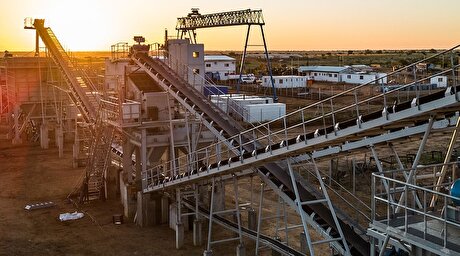
NextSource soars on Mitsubishi Chemical offtake deal
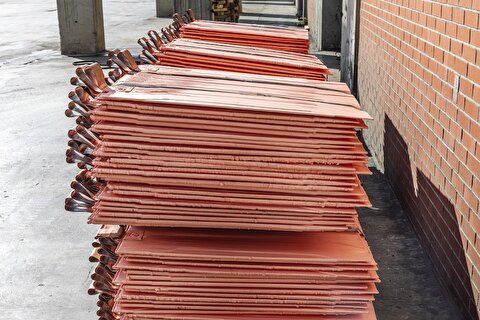
Copper price slips as unwinding of tariff trade boosts LME stockpiles
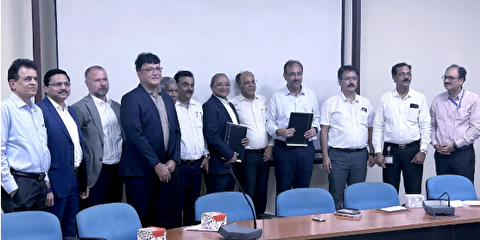
SAIL Bhilai Steel relies on Danieli proprietary technology to expand plate mill portfolio to higher steel grades
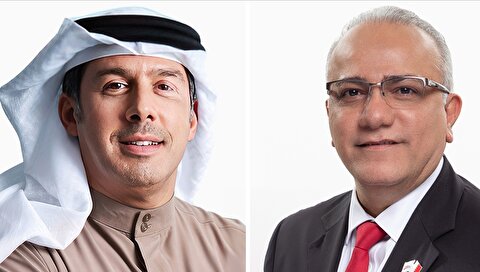
Alba Discloses its Financial Results for the Second Quarter and H1 of 2025
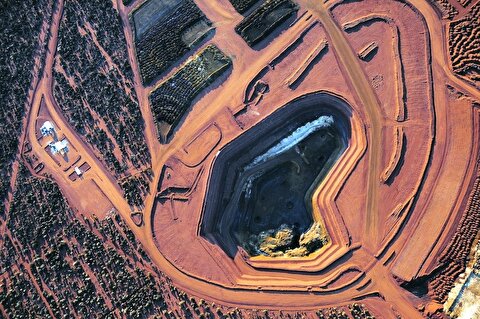
Australia weighs price floor for critical minerals, boosting rare earth miners
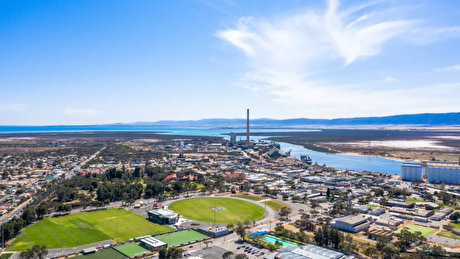
Australia pledges $87M to rescue Trafigura’s Nyrstar smelters in critical minerals push
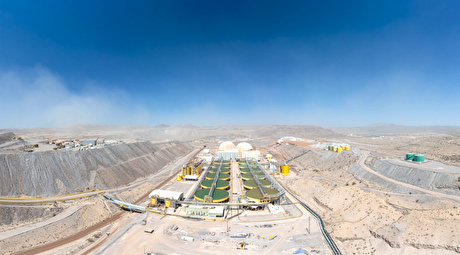
Fresnillo lifts gold forecast on strong first-half surge

US slaps tariffs on 1-kg, 100-oz gold bars: Financial Times

BHP, Vale offer $1.4 billion settlement in UK lawsuit over Brazil dam disaster, FT reports

NextSource soars on Mitsubishi Chemical offtake deal

Copper price slips as unwinding of tariff trade boosts LME stockpiles

SAIL Bhilai Steel relies on Danieli proprietary technology to expand plate mill portfolio to higher steel grades

Alba Discloses its Financial Results for the Second Quarter and H1 of 2025

Australia weighs price floor for critical minerals, boosting rare earth miners

Australia pledges $87M to rescue Trafigura’s Nyrstar smelters in critical minerals push

Fresnillo lifts gold forecast on strong first-half surge
